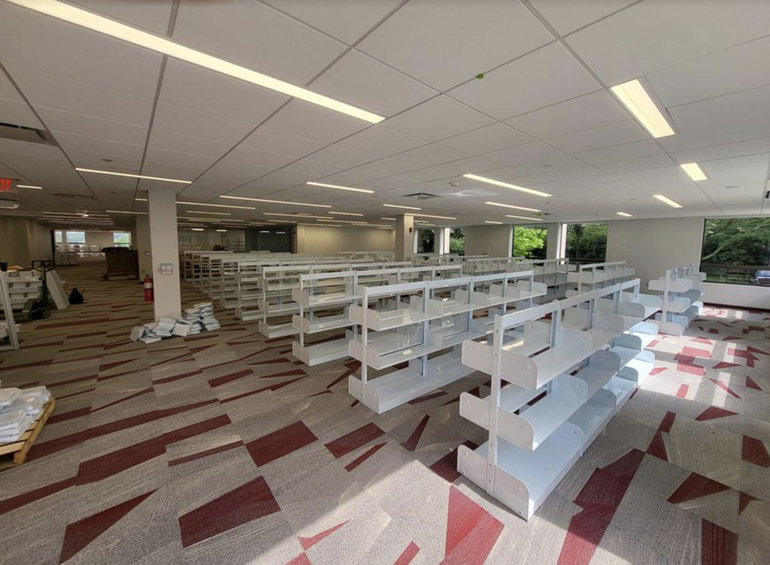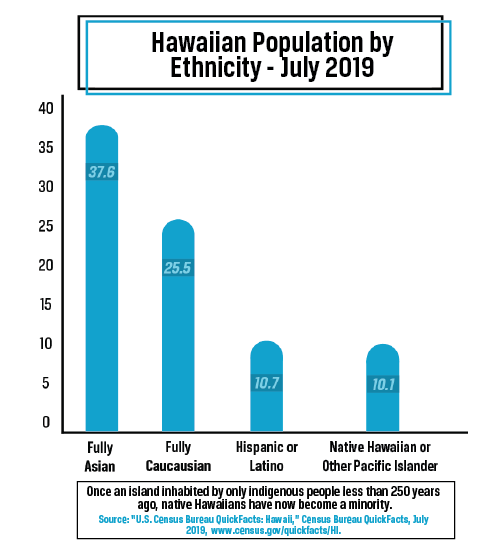DART: The First Mission Ever to Successfully Deflect an Asteroid
On November 24th of last year, NASA launched the Double Asteroid Redirection Test (DART) impactor intended to deflect and redirect asteroid Dimorphos. Dimorphos, 170 meters in diameter, orbits the larger Didymos asteroid. Dimorphos was 6.8 million miles away from Earth before DART’s collision, indicating that the small asteroid did not pose a great threat with its collision-path being Earth. So why did this project and creation of DART begin in the first place?
Just like any other planet, Earth is vulnerable to impacts or collisions of extraterrestrial objects or rock. This has never been a true issue, since the last asteroid collision was about 65 million years ago which prompted the extinction of the dinosaurs and 70% of Earth’s species at the time. However, reports and headlines frequently appear about asteroids and meteoroids closely approaching the Earth and passing by with merely one million miles distance between them. So, preparations for such an event are important in the unfortunate event that certain space objects are large enough to inflict utmost destruction on Earth and tremendously harm populations.
As the name suggests, DART acted as a test run for what could be the future of planetary defense. The spacecraft, which cost $324.5 million to design and build, was a machine with a camera and the capability to autonomously direct itself towards Dimorphos. Its structure was a box with two large solar arrays and moved at a speed of about 6.1 kilometers per second.
Then on September 26, 2022, DART successfully collided with Dimorphos as it was live streamed on the NASA website. The anticipation was high as the camera on the spacecraft moved closer to the asteroid. Then, the NASA staff cheered as it crashed onto the asteroid’s surface.

About two weeks later, NASA released data collected through the observed impact and announced that the mission was successful in changing Dimorphos’ orbit. The orbital period of Dimorphos around Didymos decreased by 32 minutes which drastically exceeded the 73 second difference NASA was going to deem as successful. According to the Jet Propulsion Laboratory, DART had about 0.5% of the asteroid’s speed as it impacted the surface and a visible crater was formed afterwards. DART’s collision was so powerful that the material emitted from the impact was between 10-100 times the mass of DART itself.
The DART launch is historical, not only because it was the first time such planetary defense systems were put to use successfully and with incredible precision, but also in the fact that the mission was an important collaboration.
The DART mission was led by The John Hopkins University Applied Physics Laboratory (APL), based in Laurel, Maryland, which for years has worked closely with NASA. The lab is made up of 12 main mission areas including the Air and Missile Defense Mission Area, and the Civil Space Mission Area. The Air and Missile Defense portion of the lab focuses on the development and production of technologies that work to protect the United States and U.S. allies from missile and air attacks. The Civil Space Mission Area, however, specializes in space-related research, engineering, technology, the creation of spacecraft, and other instruments, along with NASA endeavors. Typically these two forces don’t work together.
What is different about the DART mission is that both of these areas of the lab contributed heavily to the mission’s success. The Small-Body Maneuvering Autonomous Real-Time Navigation (SMART Nav) is a series of algorithms that autonomously aim DART toward the asteroid. These algorithms were built off of years of work within the Missile Defense area. The collaboration was first of its kind and acted as a large stride and milestone in the preparation and development of planetary defense.






































































